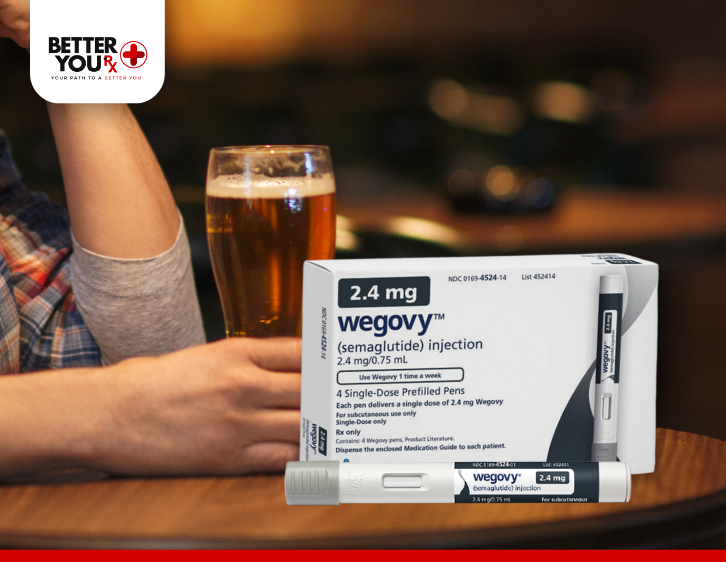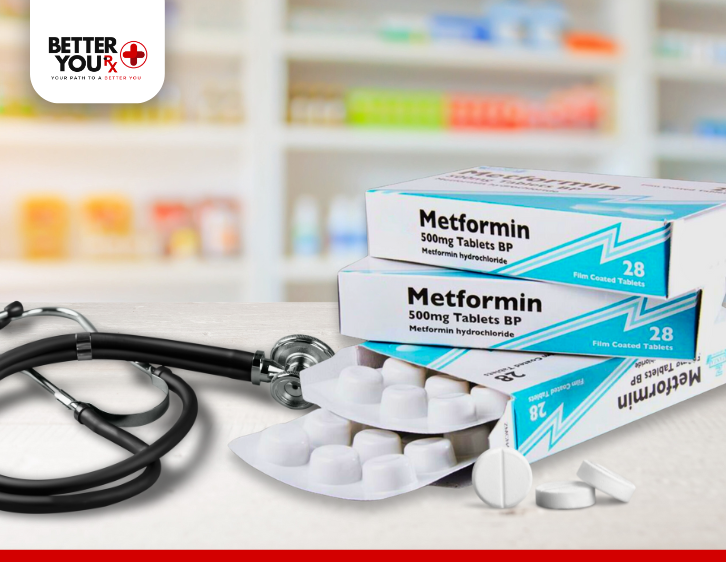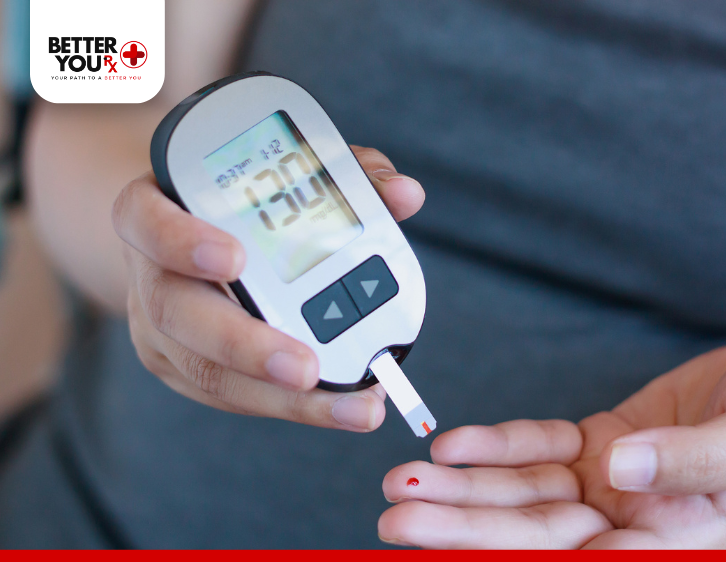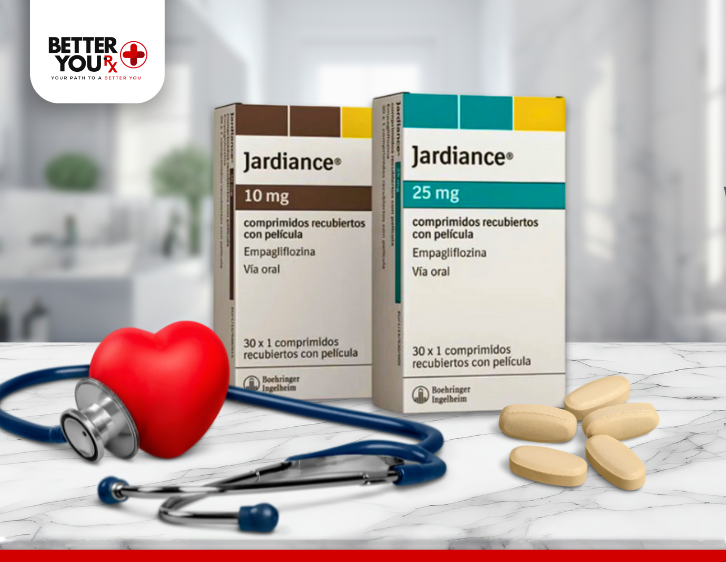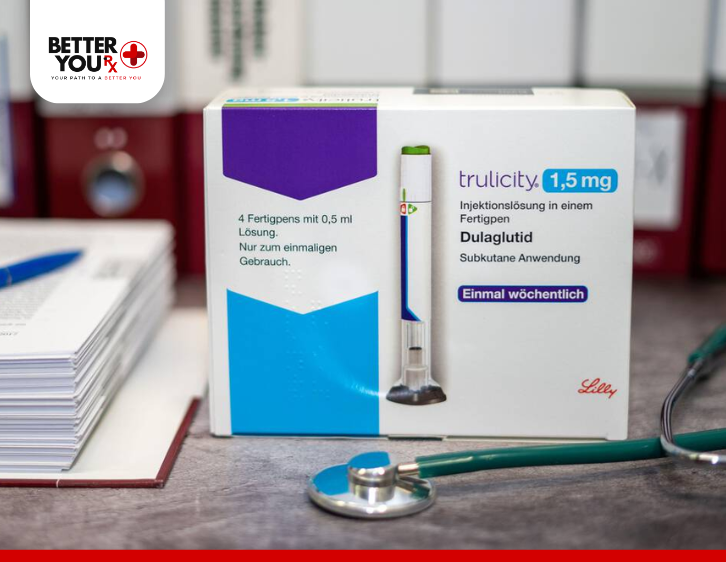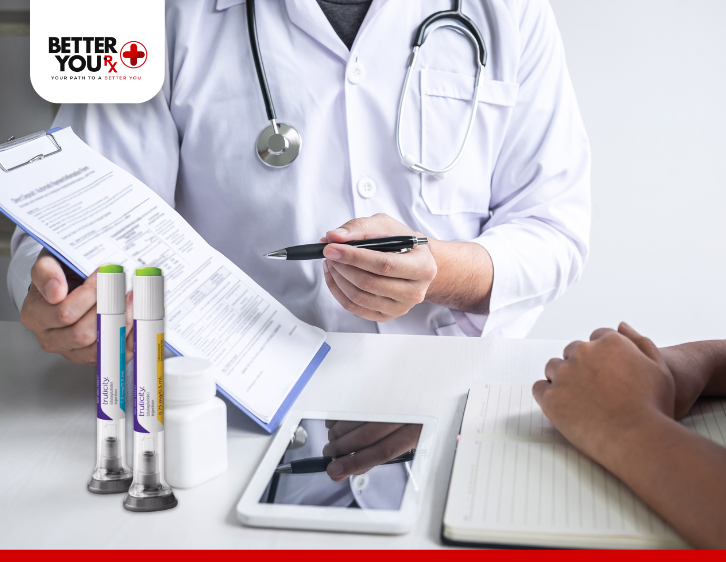Trulicity Side Effects You Need to Know
Trulicity, a popular medication used to manage type 2 diabetes, has proven to be an effective treatment option for many individuals. It works by helping the body control blood sugar levels, making it easier for those with diabetes to maintain healthier glucose levels. However, like all medications, Trulicity is not without its side effects. Understanding these potential side effects is important for anyone considering or currently taking this medication.
What is Trulicity?
Trulicity (dulaglutide) is a once-weekly injectable medication that helps control blood sugar in people with type 2 diabetes. It belongs to a class of drugs known as GLP-1 receptor agonists, which work by mimicking the action of the natural hormone GLP-1 in the body. This hormone helps regulate blood sugar levels by stimulating insulin production, reducing sugar output from the liver, and slowing the rate at which food empties from the stomach.
While Trulicity can significantly help control blood sugar levels, there are certain side effects you need to know about before starting treatment.
Common Trulicity Side Effects

- Gastrointestinal Issues One of the most common side effects of Trulicity is gastrointestinal distress, including nausea, vomiting, and diarrhea. These symptoms are typically most pronounced when starting the medication and may lessen over time as your body adjusts to the drug. To reduce the likelihood of these side effects, it’s recommended to start with a lower dose and gradually increase it, as advised by your healthcare provider.
- Loss of Appetite Trulicity may cause a reduction in appetite, which can be beneficial for some individuals looking to lose weight. However, for others, the loss of appetite might be concerning if it leads to inadequate nutrition. If you experience significant changes in your eating habits, it is essential to discuss this with your doctor.
- Indigestion and Stomach Pain Many people taking Trulicity report indigestion or stomach discomfort, including bloating and cramping. These side effects may also decrease over time, but if they persist or worsen, it’s important to speak with your healthcare provider.
- Fatigue Some individuals taking Trulicity report feeling unusually tired or fatigued. While this is not as common as other side effects, it can still be bothersome for some people. Fatigue can also be a symptom of poorly managed blood sugar, so it’s crucial to monitor your energy levels and discuss them with your doctor.
Serious Side Effects

While most side effects of Trulicity are mild and temporary, there are also more serious side effects that you need to be aware of. These include:
- Pancreatitis One of the most serious potential side effects of Trulicity is pancreatitis, an inflammation of the pancreas. Symptoms of pancreatitis include severe stomach pain, nausea, and vomiting. If you experience these symptoms, it is important to seek medical attention immediately, as pancreatitis can be life-threatening.
- Kidney Problems Trulicity can sometimes lead to kidney issues, especially in those with existing kidney problems. Symptoms of kidney problems include changes in urination patterns, swelling in the legs or feet, or unexplained weight gain. If you have a history of kidney disease, it’s crucial to inform your healthcare provider before starting Trulicity.
- Thyroid Tumors Studies in animals have shown that GLP-1 receptor agonists, including Trulicity, can increase the risk of thyroid tumors. Although the relevance of this in humans is not fully established, it’s essential to be aware of the potential risks, particularly if you have a family history of thyroid cancer or certain thyroid conditions.
- Allergic Reactions Although rare, some people may experience allergic reactions to Trulicity, including skin rashes, swelling, or difficulty breathing. If you experience any signs of an allergic reaction, such as swelling of the face, lips, tongue, or throat, it’s important to seek emergency medical help immediately.
- Hypoglycemia (Low Blood Sugar) While Trulicity alone is less likely to cause low blood sugar, it may increase the risk of hypoglycemia when used in combination with other diabetes medications, particularly insulin or sulfonylureas. Symptoms of hypoglycemia include sweating, dizziness, confusion, and shakiness. If you experience these symptoms, it’s important to take quick action by consuming a source of glucose.
What’s the Difference Between Trulicity and Other Diabetes Medications?
Trulicity is part of a newer class of diabetes medications called GLP-1 receptor agonists. These medications work differently than other common diabetes drugs, such as insulin or oral medications like metformin. Insulin is typically used when blood sugar control is insufficient with other medications, while metformin works by decreasing glucose production in the liver and improving insulin sensitivity.
The primary advantage of Trulicity over some other medications is that it requires only a once-weekly injection, making it more convenient than daily medications. Additionally, Trulicity has been shown to help with weight loss, which can be an added benefit for people with type 2 diabetes.
Trulicity Side Effects: Why Do They Occur?
Understanding why these side effects occur can help individuals make informed decisions about their treatment. The gastrointestinal side effects, such as nausea and vomiting, are related to the way Trulicity slows down the process of food leaving the stomach. This can lead to discomfort, particularly when the body is not used to it.
More serious side effects, such as pancreatitis or kidney problems, are less common but are more serious due to the way Trulicity interacts with other systems in the body. If you have pre-existing conditions, such as a history of pancreatitis or kidney disease, it’s especially important to monitor for signs of complications.
What Should You Do if You Experience Side Effects?
If you experience any of the side effects mentioned, it’s important to contact your healthcare provider. They may adjust your dosage, suggest alternative treatments, or monitor your condition more closely. It’s crucial not to stop taking Trulicity without first consulting your doctor, as this could lead to an increase in blood sugar levels, potentially causing complications.
Managing Trulicity Side Effects

There are several strategies to manage side effects effectively:
- Gradual Dosage Increase: Starting at a lower dose can help your body adjust to the medication gradually, reducing gastrointestinal side effects.
- Hydration: Ensuring that you are well-hydrated can help with nausea and other digestive issues.
- Dietary Modifications: Eating smaller, more frequent meals can help manage indigestion and stomach discomfort.
Conclusion
Trulicity can be an excellent option for people with type 2 diabetes, helping to control blood sugar levels and even promote weight loss. However, like any medication, it comes with potential side effects that should be closely monitored. By being aware of these side effects and discussing them with your healthcare provider, you can make the best decision for your health. Remember that managing diabetes is a comprehensive approach, and Trulicity can play an important role in helping you maintain better blood sugar control when used as part of an overall treatment plan.
If you experience any serious side effects such as pancreatitis or kidney issues, it’s vital to seek medical attention right away. For mild side effects, lifestyle modifications and ongoing communication with your healthcare provider can help make Trulicity a safe and effective part of your diabetes management plan.






